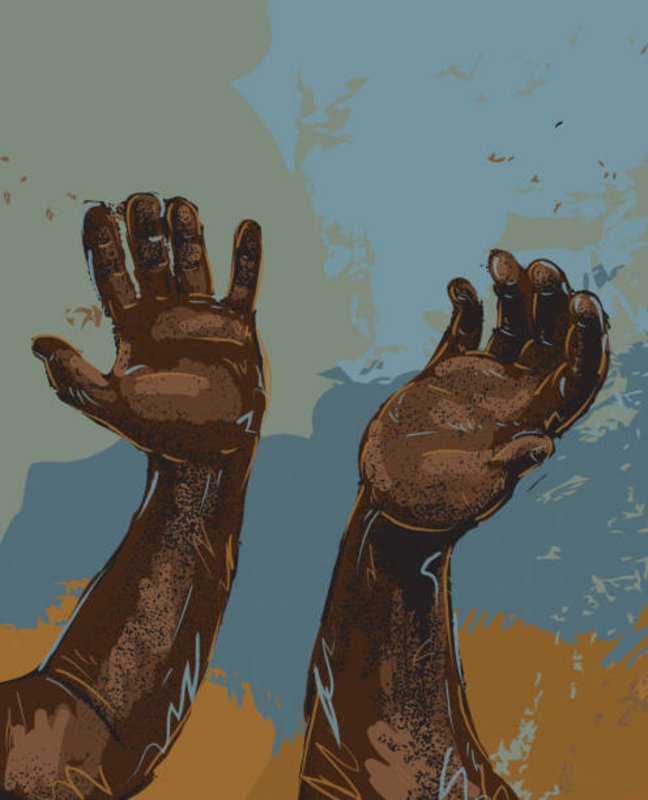A Review Of The African-American Experience

In the early 1500s, European mariners started bringing the black Africans into America as slaves. This forced migration was the first in American history. But the slave trade was not exclusive to Europe or Africa. In the eighth century, Moorish merchants traded humans as merchandise throughout the Mediterranean. Additionally, numerous West African peoples kept slaves. Slaved West Africans were often criminals, prisoners of war or even the lowest-ranking people in their caste system.
The capture and sale of Africans for the American slave markets was barbaric and often lethal. Two out of five West African captives died on the way to the Atlantic seacoast and were then sold to European slave traders. While aboard slave ships they were chained beneath decks with coffin-sized racks. One-third of these poor souls died at sea.
In America the slaves were sold at auction to owners who wanted them as plantation workers. Slave owners were able to punish slaves severely. They could break up families by selling off family members.
Despite the hardships the slaves were able to establish an identity that was strong and distinct. Everyone on plantations took care of the children. While they were at risk of separation, slaves frequently were married and kept strong family bonds. When they were introduced to Christianity and then forming their own customs of worship. You will get additionalinformation on travel by visiting black businesses website.
Spirituals, which are music of worship, convey the endurance of slaves as well as religious belief. Slaves often changed the lyrics of spiritual songs to express the message of freedom or to celebrate resistance.
African culture was a major influence on American theater, music and dance throughout the course of time. African rhythms were integrated into Christian songs, and European marches. Based on an African stringed instrument, the banjo was born. Blues sounds nothing more than a mix of African and European musical scales. Vaudeville was partially an extension of the dance and song forms originally performed by black street performers.
Abolishing of Civil War
A few blacks gained their freedom in the 17th and 18th centuries, gained property and gained access to American society. A lot of people made the move to the North where slavery was less widespread, even when it was still legal. African Americans, both slave and free , also made substantial contributions to the economy as well as infrastructure working on canals, roads, and construction of cities.
Frederick Douglass knew that slavery was not the South's burden to bear on its own. The industrial economy of the North depended on the slavery-based agriculture of the South. Douglass challenged his Northern audience to take up the cause against Southern slavery. "Are the fundamental principles of freedom from political repression and natural justice, which are embodied in our Declaration of Independence, extended to us?" he asked. "What is the meaning of the Fourth of July to an American slave?"
Many Northern blacks joined forces to fight for the Union during the Civil War. Many people were shocked by the ferocity with which black soldiers fought. The black soldiers weren't fighting to restore the Union. They were fighting to liberate their people.
Reconstruction and response
To ensure that slaves were released, Northern troops remained South following the fall of Confederacy. Blacks established their own schools and churches as well as bought land and elected themselves to offices. In 1870, there were 22 African Americans were represented in Congress.
The Great Migration North
From the 1890s onwards in the 1890s, blacks began to move North. World War I opened many factory jobs. The 1920s saw strict new laws drastically cut European immigration. The drop in immigration created the need for workers from industries within the Northern cities. Despite the fact that they were still in the midst of segregation, southern blacks began to migrate northwards in greater numbers. Jobs with no qualifications were readily available to young black men in meat packing and steel mills plants. They also worked at auto assembly lines in Chicago and Omaha.
Black workers unquestionably made a difference in their lives when they lived in Northern cities. A lot of immigrants from the rural South hoped for indoor plumbing and gas heat. They also faced discrimination.
But black urban culture flourished. From New Orleans, musicians like Louis Armstrong, Jellyroll Morton, King Oliver and King Oliver introduced their music to north. In the upscale urban setting of Chicago, these jazz pioneers took advantage of advancements in musical instruments and new technology for recording to make a name for themselves in the Roaring '20s, also known as the Jazz Age.